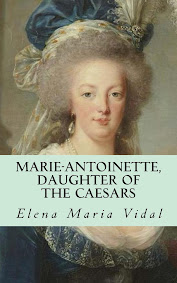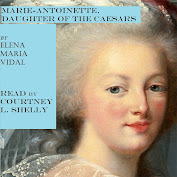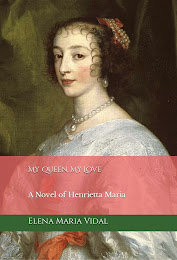skip to main |
skip to sidebar
From
History:
On November 1, 1661, Queen Marie-Therese, the shy, retiring Spanish wife of King Louis XIV of France, went into labor. As soon as the Queen’s contractions began, her quiet palace rooms, in which she had been ceremonially confined for days, began to fill up with Princesses, Dukes and Countesses.
The birth of a royal baby was considered so important that it needed witnesses: queens often labored before great audiences of people, a factor that only increased their fear and misery during childbirth. In this case, the crush of courtiers was there to assure that a living baby was not substituted for a dead child, and that a royal baby girl was not switched for a desired boy.
Outside the palace a carnival-like atmosphere prevailed. “Spanish actors and musicians danced a ballet beneath the royal windows, with harps but also guitars and castanets to remind Marie-Therese of her native land,” Antonia Fraser writes in Love and Louis XIV. “It was hoped that these Spanish sounds diverted the poor queen, who kept crying out in her native language, “I don’t want to give birth, I want to die."
Her fears were not unfounded. Childbirth was a terrifying and deadly ordeal for women and their children in an era before modern medicine. Infection was common; one in three babies in France died before the age of one. And Marie-Therese was under overwhelming pressure to give the King a living male heir, thus ensuring the Bourbon succession.
After twelve hours of agony, the Queen finally delivered a healthy boy, who was named Louis de France. Courtiers in the inner rooms signaled the baby’s sex to those in outer chambers by hurling their hats up the air (arms were crossed if the baby was a girl). King Louis XIV, the flamboyant “sun king,” shouted out the window to his subjects packing the courtyard below, “The Queen has given birth to a boy!” (Read more.)
Share


















No comments:
Post a Comment